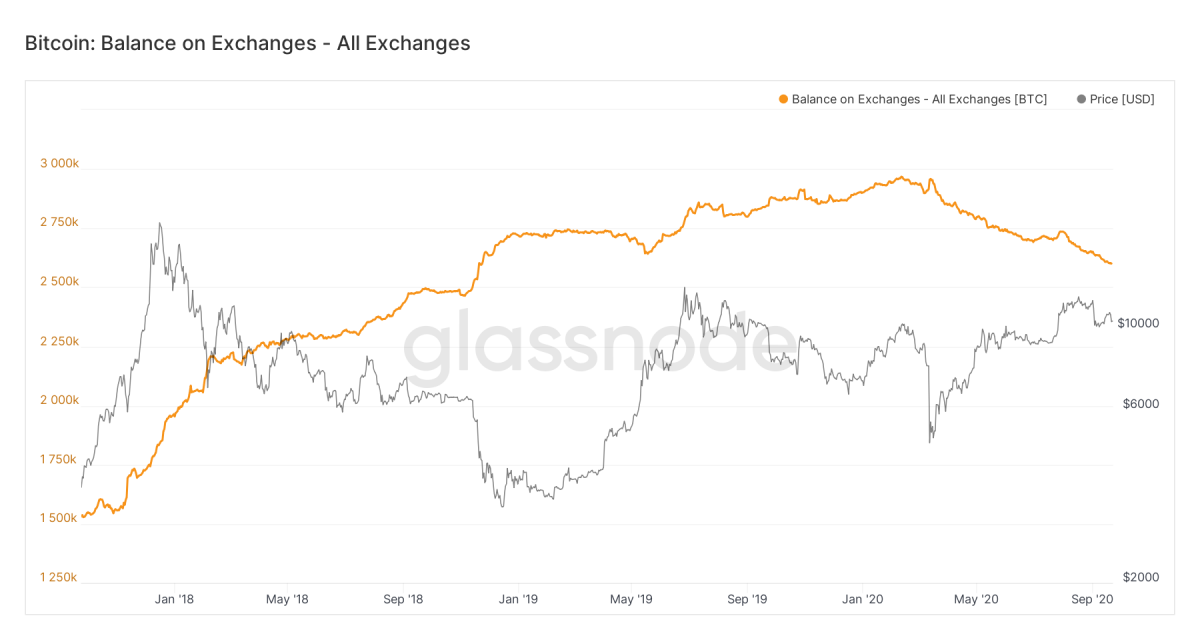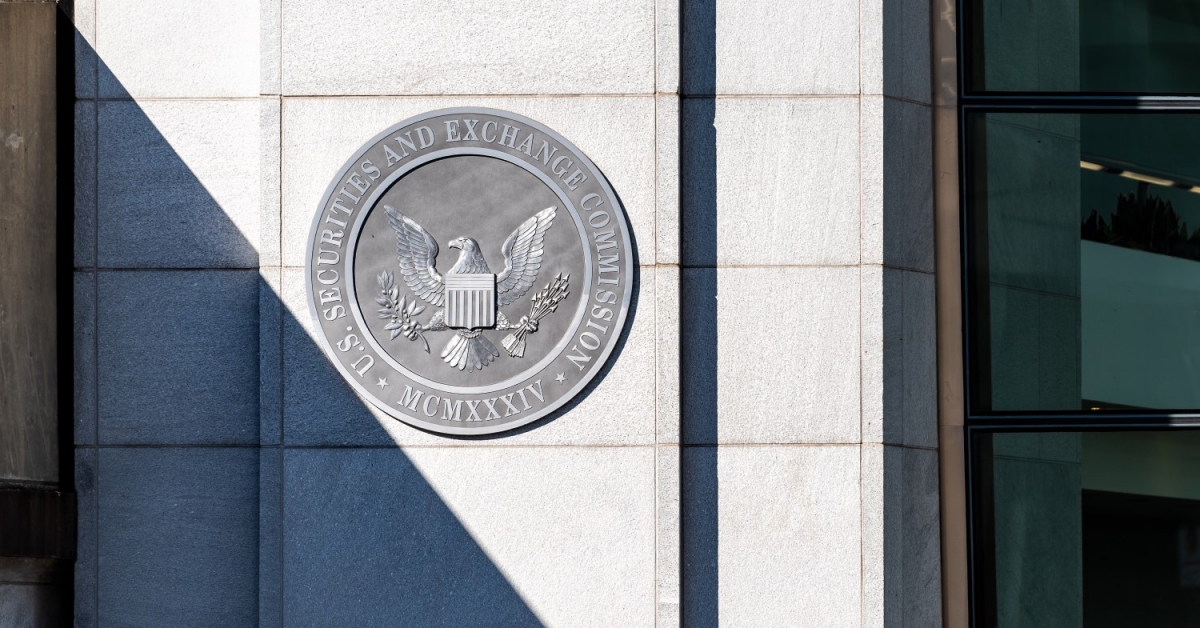Curve Finance Mulls Removing TrueUSD as Collateral for Stablecoin Curve USD
-
A new proposal on Curve Finance suggests removing TrueUSD (TUSD) as collateral for its stablecoin, crvUSD, due to concerns over TUSD’s stability and regulatory issues, reducing its backing limit to zero.
-
The proposal also recommends decreasing the minting capacity of crvUSD with PayPal’s PYUSD from $15 million to $5 million, as part of a strategy to diversify collateral and reduce reliance on potentially risky assets.
-
The SEC earlier charged TrueCoin, the original issuer of TUSD, with defrauding investors by not fully backing TUSD with U.S. dollars, leading to a settlement involving fines and the return of profits.
A new proposal on Curve Finance, a decentralized exchange (DEX) for stablecoin trading, is contemplating the removal of TrueUSD (TUSD) from its list of collateral tokens for its stablecoin, Curve USD (crvUSD).
Curve Finance is one of the largest and most used decentralized finance protocols, holdings billions of dollars in user funds. It is autonomously governed by its CRV token holders, who float and vote on proposals to keep the protocol running.
“WormholeOracle” proposed reducing the upper limit on TUSD backing for crvUSD to zero, meaning that TUSD tokens can no longer underpin crvUSD if the proposal is passed. They also recommended reducing the minting capacity of crvUSD with PayPal’s stablecoin, PYUSD, from $15 million to $5 million, aiming for a more balanced reliance on different collateral assets.
“crvUSD is overexposed to minor stablecoins, especially TUSD which has a dubious track record and has recently been charged by the SEC with defrauding investors,” WormHoleOracle wrote in the proposal. “It may be prudent to consider completely removing crvUSD exposure to TUSD, which has a notably poor track record on peg stability and transparency standards compared to all other PegKeeper stablecoins.”
Currently, users can mint up to $10 million worth of crvUSD using TUSD through what’s known as the ‘PegKeeper’ liquidity pool. A liquidity pool can be thought of as a collection of tokens stored on a smart contract.
PegKeeper debt ceiling is the max amount of crvUSD that a PegKeeper can mint to a target crvUSD pool. Historically, the USDC/USDT pools have been the primary liquidity centers and most useful PegKeeper pools for keeping crvUSD pegged to its intended U.S. dollar-backed – ensuring crvUSD is equal to $1 at all times.
The move is part of a broader strategy to diversify and ensure the stability of crvUSD by reducing reliance on any single asset, or group of assets, that are deemed risky.
It comes after regulatory concerns and legal challenges faced by TrueCoin, the original issuer of TUSD before it ended up in the hands of offshore firm Techteryx.
TrueCoin was earlier accused by the U.S. Securities and Exchange Commission (SEC) of engaging in unregistered offers and sales of securities involving TUSD through TrueFi, a stablecoin platform, and the agency said they remained closely tied to the asset after unloading the stablecoin to the other issuer.
The SEC alleged that TUSD was not fully backed by U.S. dollars as claimed, but instead, a significant portion of its reserves (allegedly 99%) was invested in a speculative offshore fund.
Earlier this week, the companies agreed to pay $163,766 each in fines, and TrueCoin will return nearly $400,000 in profits and interest, assuming a federal court approves the settlement.
Edited by Parikshit Mishra.
Disclosure
Please note that our
privacy policy,
terms of use,
cookies,
and
do not sell my personal information
has been updated
.
CoinDesk is an
award-winning
media outlet that covers the cryptocurrency industry. Its journalists abide by a
strict set of editorial policies.
In November 2023
, CoinDesk was acquired
by the Bullish group, owner of
Bullish,
a regulated, digital assets exchange. The Bullish group is majority-owned by
Block.one; both companies have
interests
in a variety of blockchain and digital asset businesses and significant holdings of digital assets, including bitcoin.
CoinDesk operates as an independent subsidiary with an editorial committee to protect journalistic independence. CoinDesk employees, including journalists, may receive options in the Bullish group as part of their compensation.
:format(jpg)/s3.amazonaws.com/arc-authors/coindesk/6c6bb5af-692c-4fcf-9f8b-a75d0549effd.png)
Shaurya is the Deputy Managing Editor for the Data & Tokens team, focusing on decentralized finance, markets, on-chain data, and governance across all major and minor blockchains.
Follow @shauryamalwa on Twitter









